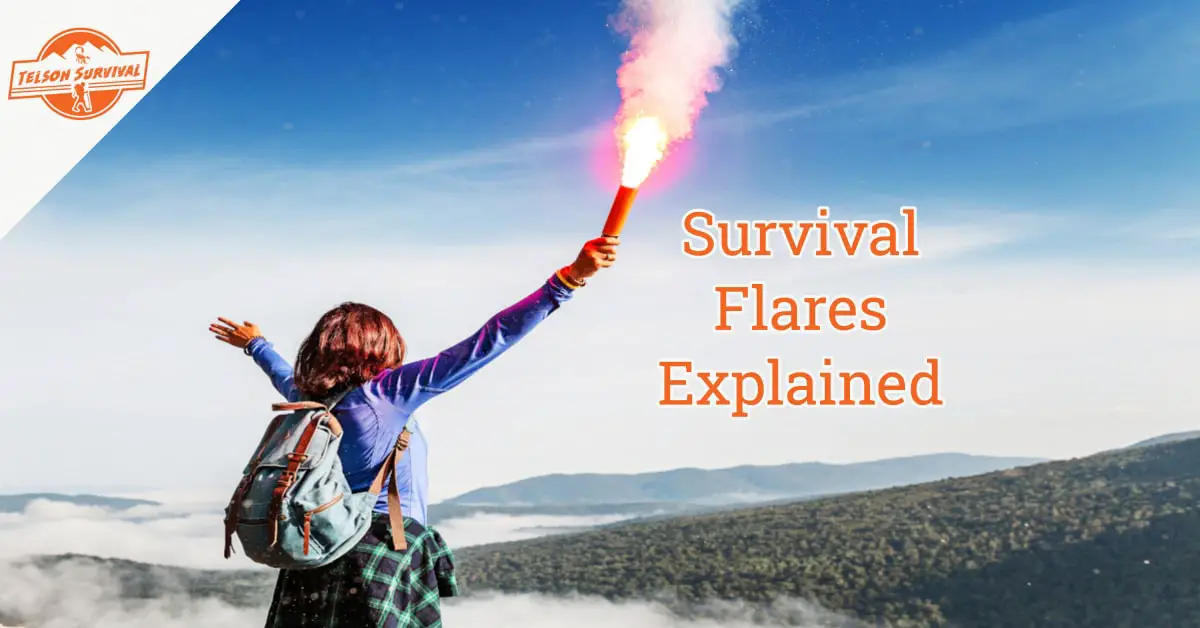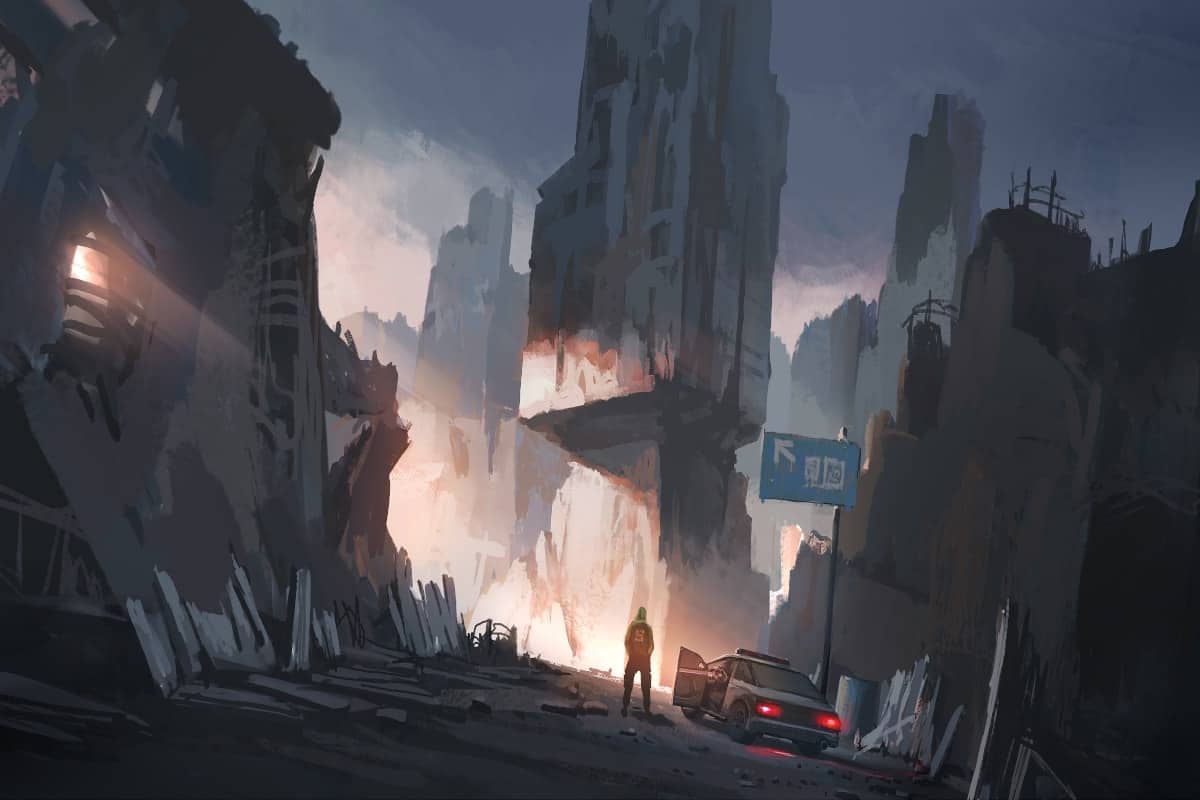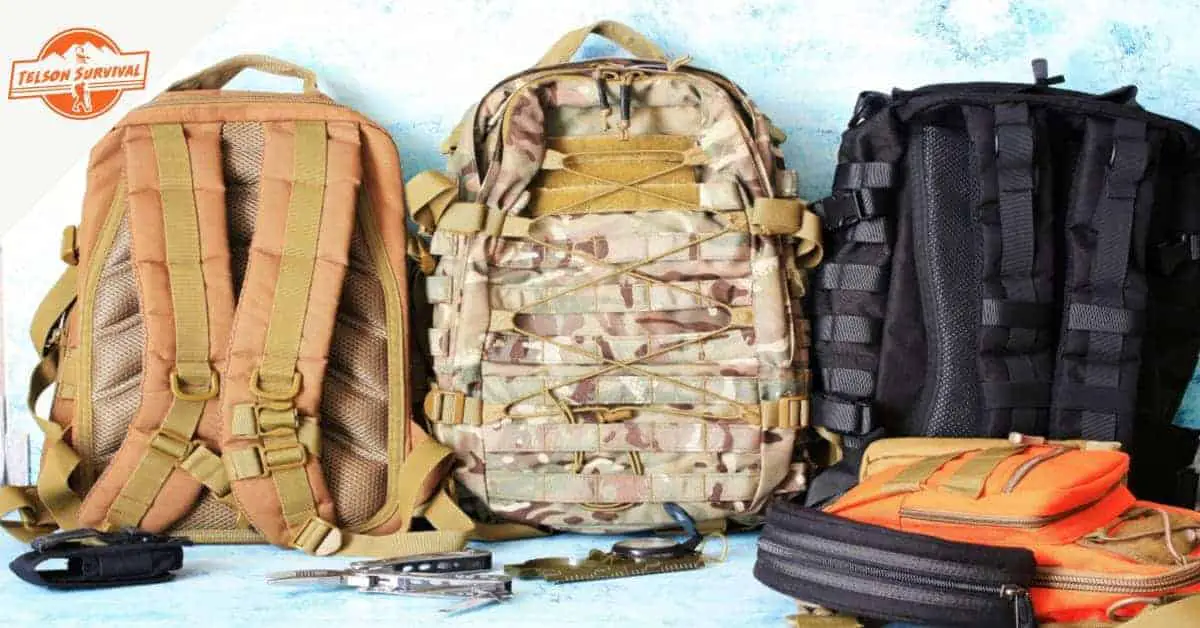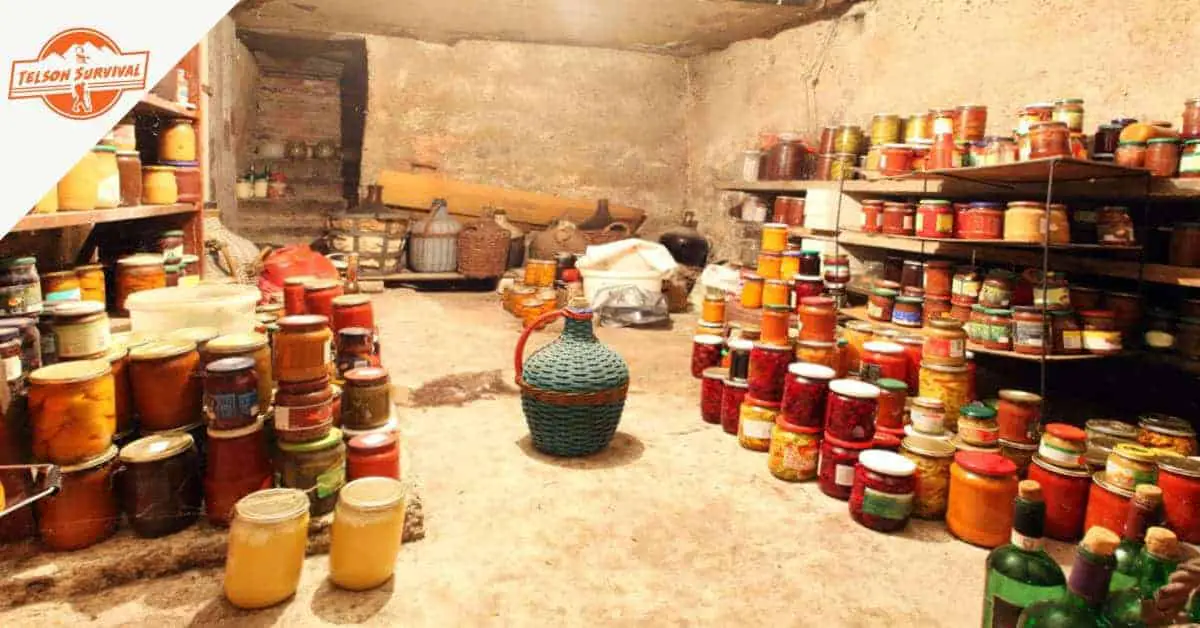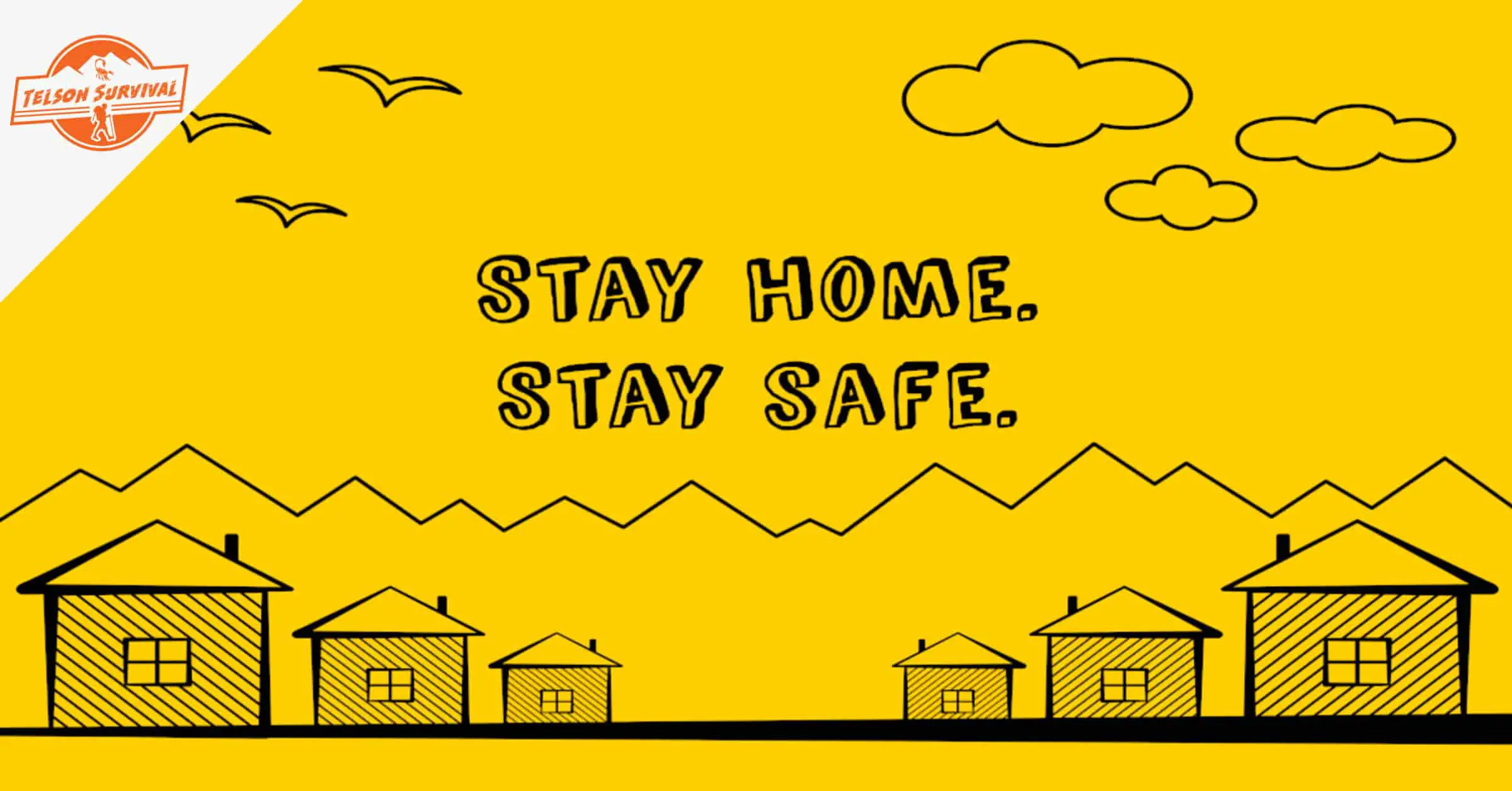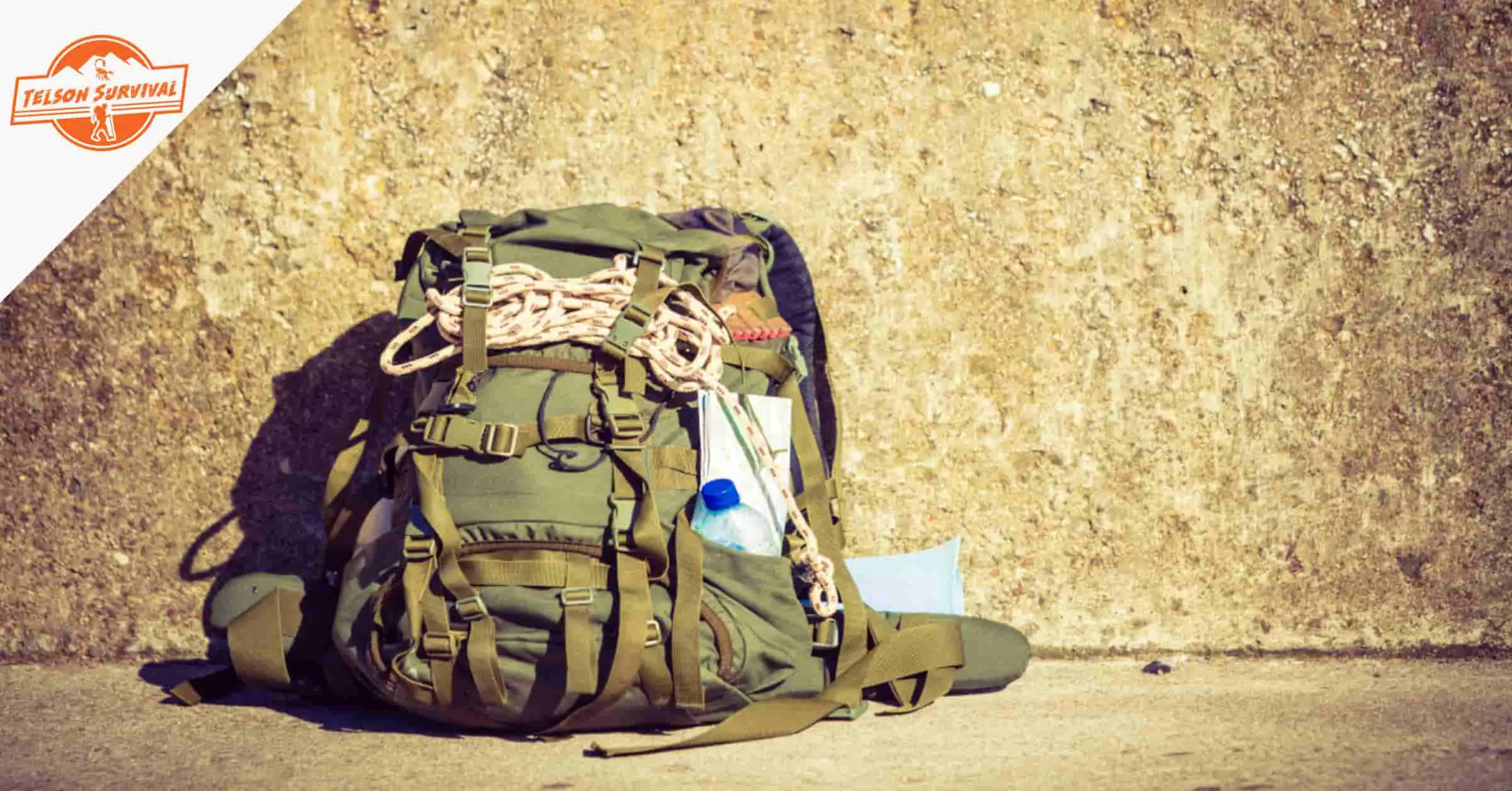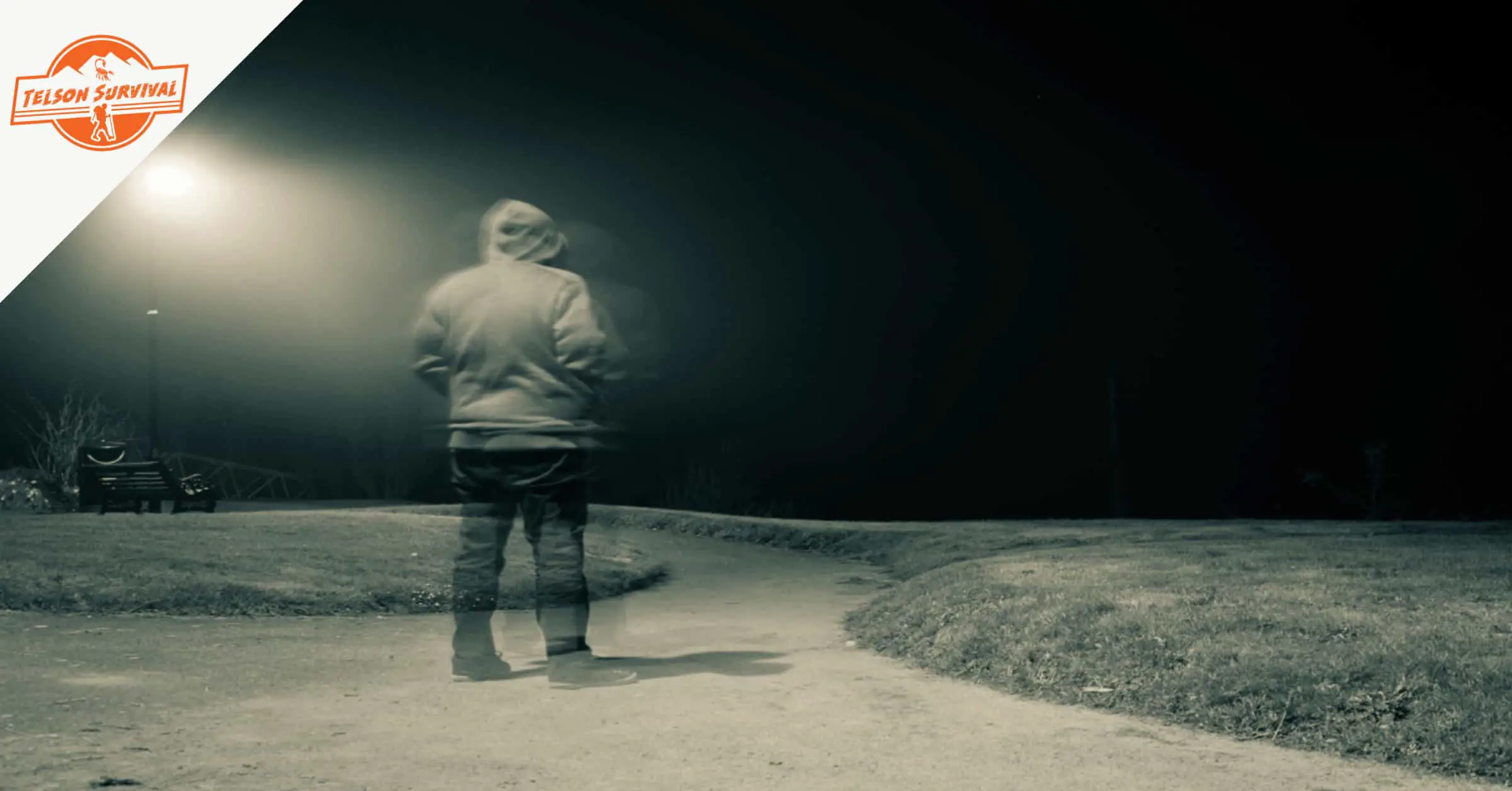Survival flares are an absolutely essential part of any prepper’s bug out bag. Today we dive deep into the reasons why, as we address some frequently (and not-so-frequently) asked questions about them.
The odds are your smartphone won’t be much use when SHTF, so you cannot bet on location sharing. Survival flares could prove to be your crisis lifeline, as they have countless times before.
Survival flares are signaling pyrotechnics that use bright lighting. For survivalists, flares could be used for distress signaling, navigation, and other communication. Lighting is caused by the combustion of various chemicals, such as strontium nitrate and magnesium. Flares are often colored through the use of pyrotechnic colorants.
What are signal flares used for?
Signal flares have several signaling applications. They originated in 13th century China, as tactical military signals. Nowadays they are used for maritime distress signaling, roadside caution signaling, and railway hand signals.
Survivalists can also use signal flares to transmit their location to potential rescuers or fellow survivalists who are lost themselves. They can also serve as long-distance signals to initiate preplanned strategies during activities like hunting or self-defense.
There are also other unorthodox uses for flares that could also prove invaluable in the quest to stay alive. White flares, for instance, can be used to illuminate a path in the darkness.
How do survival signal flares work?
Firstly, there are different types of signal flares, and each works differently.
Handheld signal flares are usually ignited by striking them against the ground, which produces a bright light that lasts for at least a minute.
Projectile flares, or “Rocket flares” are the other common type. These can be fired from a flare gun, a device that often resembles a revolver. They can also be fired from dedicated flare tubes.
When the flare is deployed, it ignites at the base, which propels it skyward. Once the flare reaches a certain height (usually about 300 feet), the flare's second stage (hence "rocket") ignites and explodes to produce a very bright light.
When should a flare be used?
The average prepper will probably have flares on hand for emergency use. In most cases, flares are used when one is in distress, i.e. injured, trapped, or lost. Flares are almost universally recognized as distress signals, especially at sea.
Flares can also serve as signals in any pre-planned strategy that you and your family or crew come up with. Whether as intruder alert signals or as requests for help, you can come up with many uses for flares when bugging out.
Flares can also come in handy if you ever have a close encounter with a dangerous animal. Most wild animals are afraid of fire, so lighting a flare could save your life.
What do you do if you see a distress flare?
Just as flares are universally accepted as distress signals, so is immediate action the suggested course of action when someone lets one-off. You must always act fast because that person (or people) could be in critical condition.
Figure out the best route to the distress signal’s position. Go with another person or group in case the person in trouble needs carrying.
If the distress signal is at sea, the unspoken maritime code dictates that you should rush to the aid of the signaling vessel. While doing this, try to alert the Coast Guard by radio.
How far can you see a distress flare?
This depends on the type of flare deployed. On average, handheld flares can be seen from 3 miles away. Flare guns can fire flares to a height of 300 feet, where they will also be visible from 3 miles away. Rocket flares can reach a height of 100 feet and can be seen from about 25 miles.
How long do flares burn for?
Flare burn time, in the maritime context at least, is regulated by the International Convention for the Safety of Life at Sea (SOLAS). These standards dictate the burn time and luminosity (brightness) of handheld and aerial flares.
Handheld flares are required to burn at an average luminosity of 15,000 candelas for at least a minute. Aerial flares, such as flare gun cartridges and tube rocket flares, are required to burn at 30,000 candelas for at least a minute.
The fusee flare, which is commonly used for roadside and railroad signaling, can last for 5-60 minutes.
How long do survival flares last?
Survival flares usually last for a minute, although some may last longer if you’re lucky. Faulty flares might burn out much earlier than the 60-second mark.
Do expired flares still work?
While it is not recommended to set off expired flares (unless in a serious emergency), expired flares may still work as long as they have been stored correctly and safely.
However, you should remember that these devices have expiry dates for a reason. Misfires and other malfunctions could lead to serious injuries to yourself or others, and insurers might refuse to pay for incidents involving expired flares.
Are expired flares dangerous?
Expired flares are dangerous because they can still combust. Most flares are made to survive harsh conditions and, as a result, are durable enough to remain functional after their expiry dates.
Expired flares are also more prone to misfire, which increases the danger.
What do you do with old flares?
When flares expire, the best thing to do is to dispose of them. In the U.S., it is recommended that you get in touch with local fire departments, police, and county public works offices for instruction.
Alternatively, you can leave the old flares in a bucket of water until they break down into harmless bits of material that you can then throw away.
What you should NOT do is discharge the flares, as they could be wrongly perceived as a distress signal. This is a surefire way to land yourself in hot water with the authorities.
Also, don’t throw your flares in the trash, as they could still combust and cause fires.
Are flares waterproof?
All flares are water-resistant, to varying degrees. Some calcium emergency flares are sealed watertight with o-rings, which makes them suited to deep-sea diving.
Do flares burn underwater?
Flares can burn underwater thanks to the presence of oxygen atoms in water molecules. Combustible gases in the flare (such as acetylene or hydrogen) combine with this oxygen to form an underwater flame.
Are flares dangerous?
Flares have the potential to be very dangerous, especially for inexperienced users. Misfires from defective flares and improper handling, are common and can lead to serious injury.
Flares have several toxic chemicals and burn at an extremely high temperature of up to 2,900oF (aka the melting point of STEEL). Great care should be taken when setting them off, and it is highly recommended that you take a training course before you ever need to use them in real life.
Is it safe to keep flares in a car?
Generally speaking, it is safe to store flares in a vehicle as long as you take a few precautions.
If the flares are new, it is best to store them in their original box, with the lid closed securely. If you don’t have a box, you should store your flares in their own cool and dry compartment. Use counterweights to prevent the flares from rolling around in the compartment.
Every month or so, inspect the storage compartment and ensure all the flares are still capped and in good condition. Replace any expired flares as soon as you notice them.
Is it illegal to set off a flare?
The law only permits the use of flares in emergency or training scenarios. Setting off flares for laughs and giggles has serious consequences from law enforcement, the military, and even society at large.
Firstly, flares are dangerous. They are extremely hot and are a combusting combination of harmful chemicals. Improper handling can lead to serious burns and hospitalization. Essentially, this strict law protects us from ourselves.
Secondly, wrongful deployment of a flare could trigger responses from several different parties. Law enforcement like the Coast Guard, as well as private sailors, commercial fishing crews, and even cruise liners, could take time from their endeavors to rush to your aid. What a mess that would be.
Why do flares fall slowly?
Aerial flares, such as rocket flares and flare gun cartridges, fall slowly to enhance their chances of being seen. The signaling process itself is very quick, so the debris' parachute-like descent buys you more time to be detected. This is why aerial flares are sometimes referred to as “parachute flares”.
What are the 3 types of visual distress signals?
The three types of visual distress signals are day signals, night signals, and anytime signals.
Day signals are so-called because they are visible in daylight. Orange colored flares are one example. Night signals are more visible at night, and red flares are, by far, the most popular choice here.
Anytime signals are visible…anytime. Red flares are highly visible day and night.
Which type of flare is best for daytime?
Red handheld and aerial flares are the best for the daytime. Others, such as orange, also work during the day but, in terms of visibility, they are far behind the red flares.
What flare is best for night time use?
Again, red flares take the prize here. These are the most popular choice of flare, so much so that some people might not even be aware that there are other colors.
Red handheld flares have nighttime visibility of about 5-10 nautical miles, higher than any other color. Aerial flares have nighttime visibility of about 25-35 miles, which is also the highest of all flare colors.
What do the different colors of flares mean?
Some of the more popular flare colors are red, white, and green. You will soon learn that this variation in coloring is more than just simple aesthetics. Different flare colors have different meanings and use.
Red is often associated with distress signaling, and white is mostly for position signaling and navigation. Green flares are usually used for simulations and training purposes.
What does a green flare mean?
Green flares are extremely rare in any modern real-life scenario. Historically, they were used by the British in the First World War’s Battle of Messines. British soldiers used green flares to highlight their location to support aircraft. This was done mainly to avoid confusion with the opposing Germans, who were deploying red flares for their own purposes.
Nowadays, green flares are most commonly used during training exercises authorized by a branch of law enforcement like the Coast Guard. Green flares are used for emergency simulations because red flares would attract real aid from people under the impression of a genuine threat.
What does a white flare mean?
White flares are rarely used anywhere. However, when they are, it is usually for signaling one’s position. In the maritime context, white flares are collision avoidance measures that notify other ships and boats of your position.
White flares are also useful for navigating at night because they provide a bright light that helps travelers identify routes. Again, white is used in order to avoid the formation of rescue parties that red flares can initiate.
What does a red flare mean?
Red flares are the most common flare there is right now. They are primarily used for distress signaling. Flares have proven themselves useful for people who were lost, injured, or facing imminent danger. One of the biggest selling points for red flares is the fact that they are highly visible at night and during the day.
Red flares are essentially S.O.S. messages to nearby Good Samaritans and local authorities. Ideally, these should ONLY be used in emergency scenarios.
Wrongful deployment could prompt real rescue attempts from different parties who would definitely not appreciate having their time wasted. It is also not a good idea, on your part, to waste a perfectly good flare because they are a single-use item.
Historically, red flares have been used for various offensive and defensive military strategies since their invention in 13th century China.

